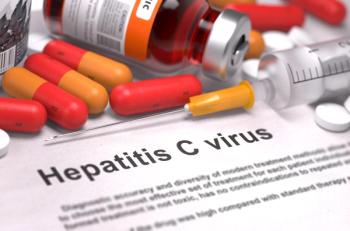
Interactive Map Explores the HIV Epidemic Across the United States
New diagnoses and prevalence of HIV is illustrated by demographics, location, and social determinants of health.
AIDSVu has created an
Key findings illustrated in the map showed higher rates of infection and death in Southern States;
The South accounts for nearly 37% of the country’s population and more than half of all new diagnoses and deaths among individuals diagnosed with HIV. In 2015, two-thirds of all new HIV diagnoses occurred in 2.5% of counties across the nation. Five US cities—–all located in the South––had the highest rates of new diagnoses: Miami, FL; Jackson, MS; New Orleans, LA; Baton Rouge, LA; and Atlanta, GA.
Although the overall rate of new HIV infection is steadily declining, certain demographic groups and the opioid epidemic have played a role in HIV infections, according to the authors.
Overall, HIV diagnoses among all persons in the United States decreased 18% between 2008 and 2015. However,
“AIDSVu maps tell the story of the long-term disproportionate impact of HIV in the South, and of the areas where new patterns of transmission are emerging,” Dr Patrick Sullivan, principal investigator of AIDSVu, said in a release. “The burgeoning
Now in its seventh year, AIDSVu is a project of Emory University’s Rollins School of Public Health in collaboration with Gilead Sciences, Inc, according to the release.
This year’s new map features include: state and county level data showing HIV prevalence (2014), and new HIV diagnoses year-over-year from 2008 to 2015; ZIP code-level maps showing HIV prevalence in 2015 for 41 US cities, which represent more than 60% of the HIV epidemic in the United States. This year ZIP code-level data were added for Seattle, WA; ZIP code-level new HIV diagnoses data (2001 to 2015) for all 41 cites on AIDSVu; and mortality data at the state level, illustrating rates and numbers of deaths that occurred among people with HIV.
New AIDSVu website features include an HIV pre-exposure prophylaxis (
PrEP is intended for high-risk patients to lower their chances of HIV infection. When taken correctly, PrEP can reduce the risk of contracting HIV from sex by more than 90%. Among injection drug users, the medication can reduce the risk by more than 70%.
Newsletter
Stay informed on drug updates, treatment guidelines, and pharmacy practice trends—subscribe to Pharmacy Times for weekly clinical insights.




















































































































































































































